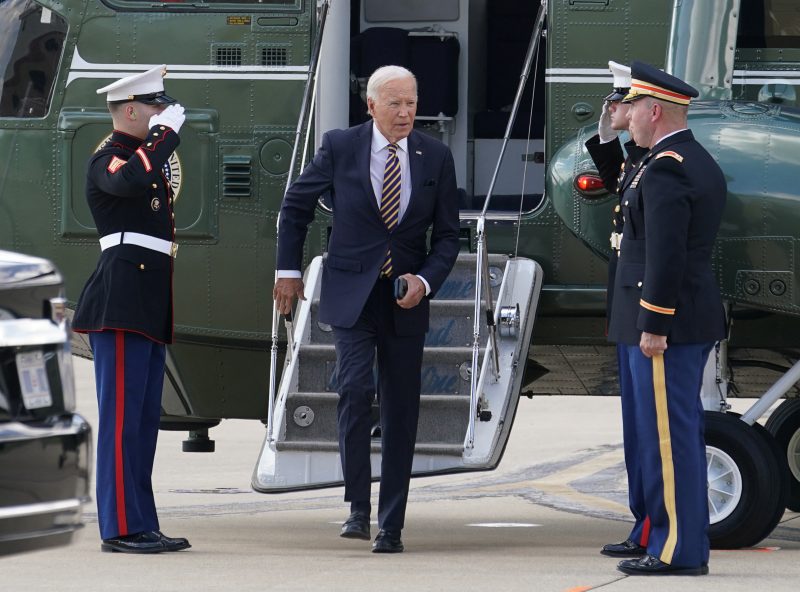 Donald Trump, the 45th president of the United States, has been known for his use of controversial language and populist rhetoric that often paints a frightening picture. His speeches and tweets contain narratives of threat and danger, from illegal immigration to crime rates to international politics.
Donald Trump, the 45th president of the United States, has been known for his use of controversial language and populist rhetoric that often paints a frightening picture. His speeches and tweets contain narratives of threat and danger, from illegal immigration to crime rates to international politics.
One of his prominent narratives has been the portrayal of illegal immigrants as threats to the nation. He’s often made sweeping generalizations about immigrants, particularly from Mexico and Central America, branding them as criminals and rapists during his Presidential campaign trail in 2015.
He also frequently claimed that American cities are filled with crime and violence. Despite statistics showing that crime rates are relatively low, Mr. Trump insisted that they were soaring under his predecessor’s administration.
On the international front, he’s often pitted the US against the rest of the world. For example, he pulled out of the Paris Climate Agreement, citing it as a deal that would disadvantage the US.
His perspective on climate change is itself an example of an imaginary world view. He has dismissed the scientific consensus on climate change multiple times, despite clear evidence and international agreement on its reality and impact.
His assertions about voter fraud during and after the 2020 presidential election have also created an imaginary narrative unsupported by evidence. His false claims caused widespread confusion and division amongst American citizens, leading to protests and riots.
In sum, Donald Trump’s world is often seen as one of “alternative facts,” where reality is manipulated to feed populist narratives. This makes it difficult to have objective and





